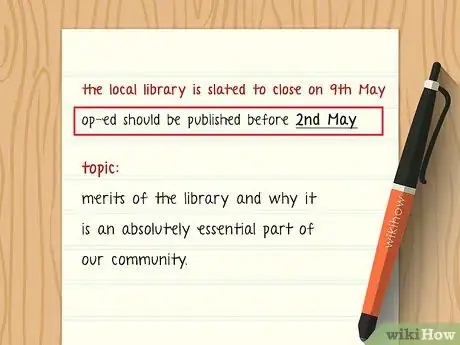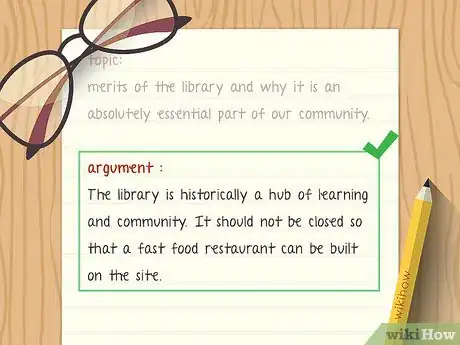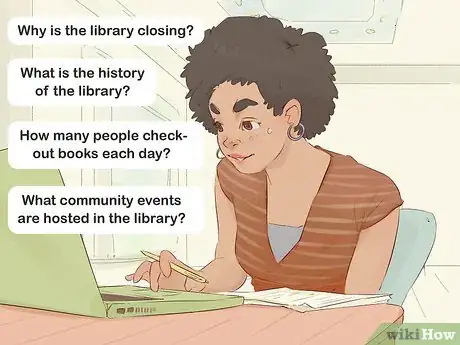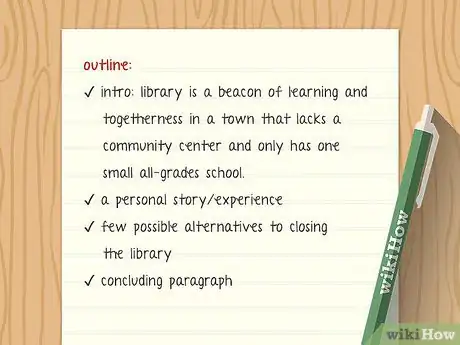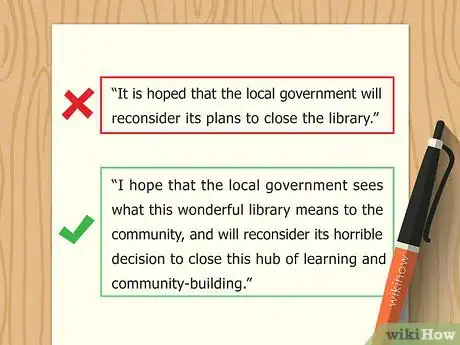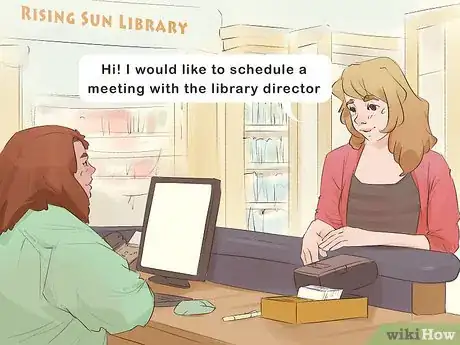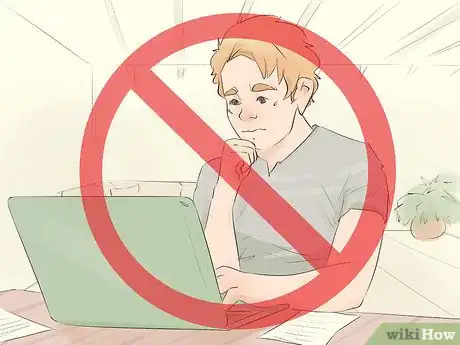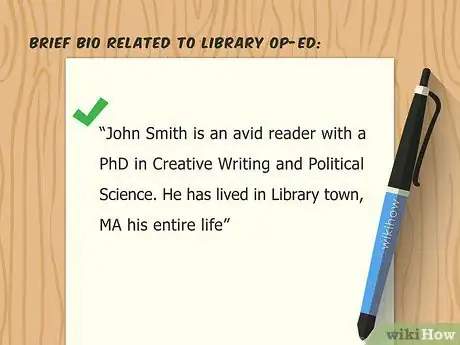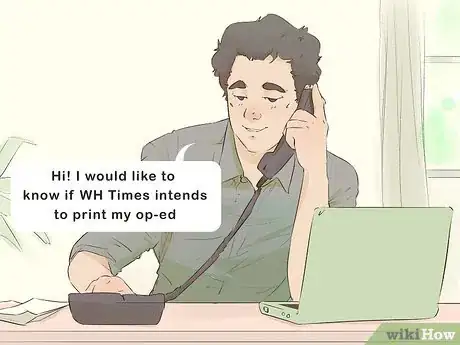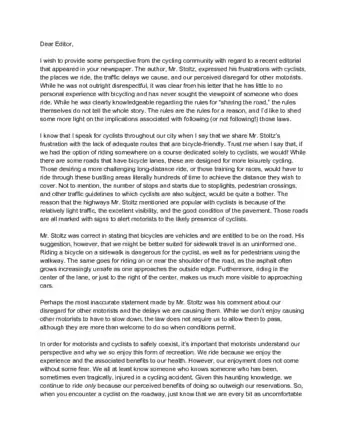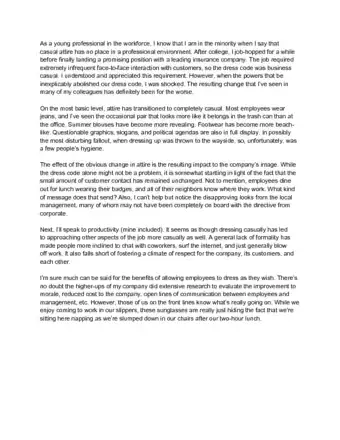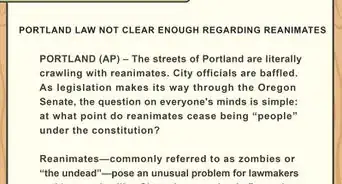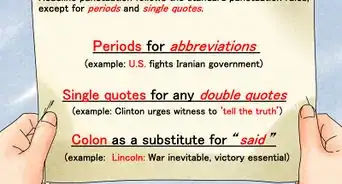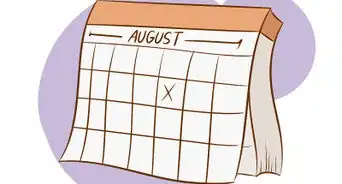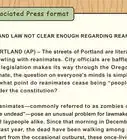This article was co-authored by Emily Listmann, MA. Emily Listmann is a private tutor in San Carlos, California. She has worked as a Social Studies Teacher, Curriculum Coordinator, and an SAT Prep Teacher. She received her MA in Education from the Stanford Graduate School of Education in 2014.
wikiHow marks an article as reader-approved once it receives enough positive feedback. This article received 13 testimonials and 80% of readers who voted found it helpful, earning it our reader-approved status.
This article has been viewed 398,164 times.
Opinion articles are sometimes called "op-eds," and these articles allow readers of a newspaper to voice their thoughts and ideas on topics ranging from local happenings to international controversy. People often write opinion articles about politics, current events, and public affairs. Most opinion articles are about 750 words long, with a professional tone. If you want to try your hand at writing an op-ed, you can learn to choose a compelling topic, write an effective draft, and finish off your op-ed like a professional editor.
Steps
Topic Choice
-
1Be timely. Your op-ed should discuss a topic that relates to current events, trends, or opinions of others. Timeliness is absolutely essential when it comes to submitting op-eds to newspapers. Newsroom editors are going to be much more interested in a piece that relates to an ongoing debate or discusses an event that just happened, rather than a piece that focuses on something that happened a few months ago.[1]
- Scour the paper for compelling topics to respond to. If your op-ed piggybacks on work the newspaper published recently, your piece is instantly more interesting to the editors and will have more of a chance of getting published, if you want to submit it.
- If your local library is slated to close in the next week, you could write an op-ed about the merits of the library and why it is an absolutely essential part of your community.
-
2Pick a topic you're passionate about. Opinion articles need to contain a really strong opinion. If you aren’t passionate about the topic you’ve picked, you should probably consider picking a different topic. When you’ve settled on something that you have an opinion about, boil your argument down to its simplest form. Try to make one single point clearly in one or two sentences. If you can do this, you've got a good topic for an opinion piece.[2]
- Let’s continue on with the library example. Your argument could be: The library is historically a hub of learning and community. It should not be closed so that a fast food restaurant can be built on the site.
Advertisement -
3Pick a topic you're knowledgeable about. In order to be persuasive, you will have to know what you are talking about. In order to really know what you are talking about, you’re going to need to do some research. Op-eds that are filled with valid, fact-based points that support your argument are much stronger than op-eds that only state your point of view. Run internet searches, look through archives, talk to people directly involved, and organize your own first-hand information.[3]
- Why is the library closing? What is the history of the library? How many people check-out books from the library each day? What activities go on in the library each day? What community events are hosted in the library?
- Keep in mind that you're more likely to get your article published if your background and credentials show that you are knowledgeable about the topic. It's best to pick a topic that relates to your personal and educational background, as well as your work expertise.
-
4Pick a topic that's complicated. Good op-eds shouldn't be open and shut cases that are easily proven or disproven. There's no reason to read an opinion about something that's obvious, like whether or not heroin is healthy. Whether or not heroin addicts should be treated or incarcerated? That's more controversial. List out the different facets and main ideas of an argument to make sure it's complicated enough to warrant an op-ed. For the library piece, your outline might be something like:
- The library is a beacon of learning and togetherness in a town that lacks a community center and only has one small all-grades school.
- You might have a personal connection to the library and could incorporate a personal story that also brings in the present-day events and community activities.
- Explore possible alternatives to closing the library, how the community can keep the library open. Include suggestions for the local city planners.
Writing
-
1Get straight to the point. Unlike essays, op-eds put the argument right out there in the first couple of lines. From there, organize your arguing points, make the reader care about your cause, and sum up what you think should be done about the topic.[4] Try something like this:
- "In the winters of my youth, when days were short and walking was done in bundled layers, my sister and I would make the short trek to the library. Afternoons were spent in art classes, and among the bookshelves of that historic building. Sadly, next month the library is slated to meet the same fate as many of our other now-closed community buildings. For me, this is the last straw."
-
2Use colorful details and examples to keep the reader attentive. Readers tend to remember interesting details rather than dry facts. While your op-ed should not completely dismiss solid facts, use bright and fascinating details to make sure your op-ed lingers in your reader’s mind. Give real examples to make the reader see that this is a topic worth reading about and remembering.[5]
- The library op-ed might draw on details like the fact that the library was founded by President Wilson because he felt the town needed a place to read and discuss. You might discuss a specific librarian who has worked there for 60 years and has read every book of fiction in the collection.
-
3Show the readers why they should care. If readers feel like the topic you are writing about doesn’t actually affect them, they will be less likely to read your op-ed. Make it personal for your readers. Explain why your topic, and the recommendations you suggest about your topic, will affect your readers’ lives.[6] For example:
- The closing of the library will displace 130,000 books and movies, forcing citizens of the town to travel 40 miles (64 km) to the next nearest library, bookstore, or movie rental business. Readers’ children will have access to half as many books, as the school always sends the kids to the library to rent their textbooks for the year. Etc.
-
4Make it personal. This means using your own voice to convey your message, and giving personal examples that will drive home your point. Reveal your humanity through your writing to make your readers engage with you by reading your op-ed. Show them that you are a real person who feels really strongly about this topic.[7]
- To continue the library example: You might use a personal story about how the first book you ever read from cover to cover was in that library; or how you developed a relationship with the old lady who runs the check-out counter; or how the library was your refuge from your bad living situation.
-
5Avoid using passive voice and jargon. Your op-ed is calling your readers to become informed on the topic and do something about, not asking them to consider trying to think about the topic. Use active voice when you write. Also keep in mind that you don’t want to scare away readers with technical jargon that could come across as pretentious or just plain confusing.[8]
- Example of passive voice: “It is hoped that the local government will reconsider its plans to close the library.”
- Example of active voice: “I hope that the local government sees what this wonderful library means to the community, and will reconsider its horrible decision to close this hub of learning and community-building.
-
6Plan ahead and ask the library director if you can schedule a meeting at the library. Select a date and time and have flyers printed inviting the community to discuss the future of the library. You could also invite a reporter to record people's opinions and have photos taken to bring awareness.
-
7It is important to acknowledge those that argue against your opinion. Doing so will make your piece seem more appealing and respectful (even if you feel like the other side is comprised of idiots). Acknowledge the ways in which your opposition is correct.[9] For example:
- To be sure, those that wish to close the library down are correct in thinking that our local economy is struggling. Businesses are closing left and right because people are not buying their goods. But to think that closing the library will solve the problem of our economy is surely a misguided notion.
-
8Provide a solution to the problem. An op-ed that simply rants and does not recommend solutions (or at least steps towards a solution) is less likely to be published than an op-ed that finds alternatives and solutions. This is where you get to discuss the improvements and other steps you think involved parties can take to reach what you believe to be the best outcome.
- For example: If we come together as a community, there is a serious chance that we can save our library. Through fundraising and petitioning, I think it will become clear to the local government that they need to reconsider the closing of this historical and vibrant library. If the government were to instead allocate some of the funds they are planning on pouring into the new mega-mall to the upkeep of the library, this beautiful landmark would not have to close.
Conclusion
-
1Finish strong. To round off your op-ed, you’ll need a solid final paragraph to reiterate your argument and bring your piece to a good conclusion that will remain with the reader after they have put down the paper.[10] For example:
- Make sure your final sentences include specific actions the reader can take after finishing your article.
- Our town’s library is not only a house for the brilliant works of authors from around the world, but it is also a place where the community can come together to learn, discuss, appreciate, and inspire. If the library closes as planned, our community will lose a beautiful testament to our town’s history, and a hub for the curious minds of our young and old alike. As a community, we must come together to save our library. Do your part by calling your city council representative, donating to the library, and joining Friends of the Library.
-
2Keep word count in mind. In general, keep your sentences and paragraphs short and sweet. In general, you will want to rely on short and simple declarative sentences to get your point across in your op-ed. Each newspaper is different, but most have a maximum word count of 750 that you cannot exceed in your op-ed.[11]
- Newspapers will almost always edit, but will usually preserve the voice, style, and viewpoint of your piece. This doesn’t mean, however, that you can send a lengthy piece and count on them to cut it down to their liking. Papers will often skip over a piece that does not generally correspond to their specified word count.
-
3Don’t spend your time worrying over your headline. Newspapers will create a headline for your op-ed, regardless of whether or not you send one along with your piece. Because of this, there is no need to spend much time worrying about your headline.
-
4Check your facts. You should submit a short bio about yourself that links you to the topic you are writing about and builds your credibility. You should also add your phone number, email address, and mailing address.[12]
- Example of brief bio-related to library op-ed: John Smith is an avid reader with a PhD in Creative Writing and Political Science. He has lived in Library town, MA his entire life.
-
5Offer up any graphics you might have. Historically, op-ed pages had very few pictures. Now, with newspapers turning into online publications, photos, videos, and other media that go along with your op-ed are widely accepted. In your initial email, mention that you have graphics that go along with your op-ed or scan them in and send them along with your piece.
-
6Check with the newspaper for submission guidelines. Each newspaper will have its own requirements and guidelines for how to submit your work and what information you should send along with it. Check the newspaper’s website or, if you have a hard copy, look for submission information on the Opinions page. More often than not, you will submit your op-ed to an email address.[13]
-
7Follow up. Don’t be discouraged if you don’t hear back from the paper immediately. Make sure that you send a follow-up email or place a follow-up call within a week of sending off your piece. Editorial Page editors are notoriously busy and, if they received your letter at an inopportune time, they may have missed it. Calling or emailing also gives you the chance to establish contact with the editor, giving you a leg up on the competition.
Sample Opinion Pieces
Expert Q&A
Did you know you can get expert answers for this article?
Unlock expert answers by supporting wikiHow
-
QuestionAre opinion articles same to editorials?
 Emily Listmann, MAEmily Listmann is a private tutor in San Carlos, California. She has worked as a Social Studies Teacher, Curriculum Coordinator, and an SAT Prep Teacher. She received her MA in Education from the Stanford Graduate School of Education in 2014.
Emily Listmann, MAEmily Listmann is a private tutor in San Carlos, California. She has worked as a Social Studies Teacher, Curriculum Coordinator, and an SAT Prep Teacher. She received her MA in Education from the Stanford Graduate School of Education in 2014.
Test Prep Tutor
-
QuestionHow can my work look like it was done by an expert even though I am really new to writing opinions in newspapers? Are there techniques?
 Community AnswerStaying on topic, being brief, and editing thoroughly will give your work a professional feel. Inexperienced writers tend to flower their prose and ramble. Don't do that. Have something to say, and say it simply.
Community AnswerStaying on topic, being brief, and editing thoroughly will give your work a professional feel. Inexperienced writers tend to flower their prose and ramble. Don't do that. Have something to say, and say it simply. -
QuestionWhat could some interesting topics for an opinion article be?
 Community AnswerIt all depends on you as a person, because you must be passionate about it and knowledgeable. It should also be complicated. Perhaps a recent topic in the news? Or an event that happened to you? Or a hobby?
Community AnswerIt all depends on you as a person, because you must be passionate about it and knowledgeable. It should also be complicated. Perhaps a recent topic in the news? Or an event that happened to you? Or a hobby?
References
- ↑ https://projects.iq.harvard.edu/files/hks-communications-program/files/new_seglin_how_to_write_an_oped_1_25_17_7.pdf
- ↑ https://styleguide.duke.edu/toolkits/writing-media/how-to-write-an-op-ed-article/
- ↑ https://www.grammarly.com/blog/opinion-essay/
- ↑ https://projects.iq.harvard.edu/files/hks-communications-program/files/new_seglin_how_to_write_an_oped_1_25_17_7.pdf
- ↑ https://www.apa.org/monitor/2018/02/write-op-ed
- ↑ https://projects.iq.harvard.edu/files/hks-communications-program/files/new_seglin_how_to_write_an_oped_1_25_17_7.pdf
- ↑ https://styleguide.duke.edu/toolkits/writing-media/how-to-write-an-op-ed-article/
- ↑ https://www.apa.org/monitor/2018/02/write-op-ed
- ↑ https://educationalequity.org/blog/10-tips-writing-powerful-op-ed
About This Article
To write an opinion piece, or an op-ed, on a current event or trend, start by condensing your argument down to 1 or 2 sentences, then support that argument with historical facts, statistics, quotes, and other interesting information. Make your point in the first few sentences, then show the readers why they should care about the issue. In addition, add in personal details that will humanize the piece and show why you feel strongly about the subject. Keep reading to learn how to address other people’s arguments to the issue.
